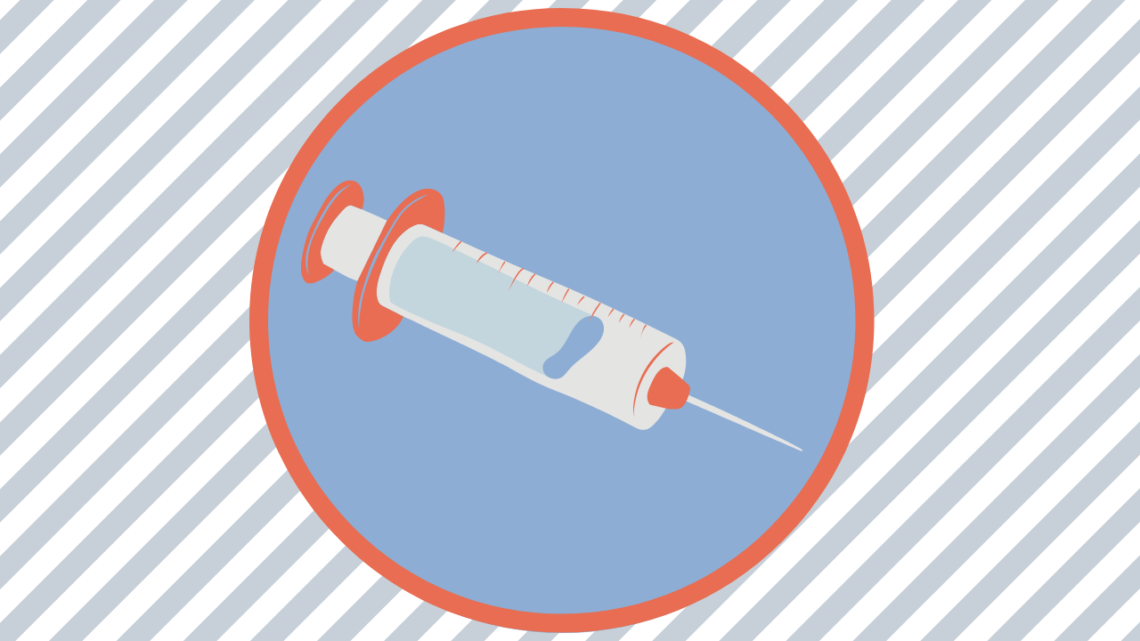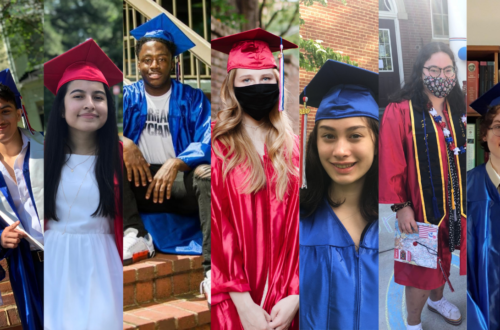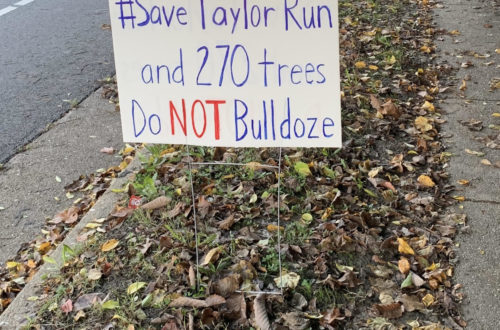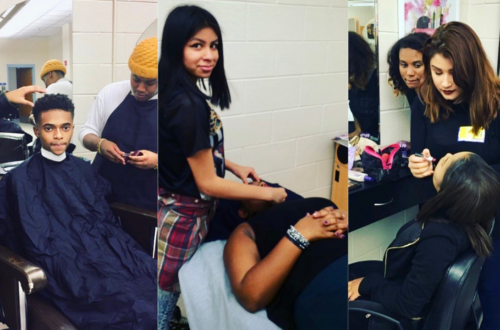Nora Malone
Despite the information in the news surrounding the search for a coronavirus vaccine, it is hard to pinpoint what is actually happening. There are so many different vaccines and companies that it is hard to figure out where we stand on the route to a vaccine.
There are five phases a vaccine must undergo to be approved and distributed widely. No company has completed all of these phases for the coronavirus vaccine.
Let’s break it down.
In Phase 1, the vaccine is tested on small groups of people in safe dosage — there are currently 29 vaccines at this stage.
In Phase 2, the study is expanded and the vaccine is given to people who have specific characteristics or underlying health issues — there are currently 14 vaccines at this stage.
In Phase 3, the final testing stage, the vaccine is given in a large-scale efficacy test — there are currently 11 vaccines at this stage.
In Phase 4, the first stage where the vaccine is used, the vaccines are approved for limited use on people — there are currently 5 vaccines at this stage.
Finally, in Phase 5, vaccines are approved for full use by everyone — there are no vaccines at this stage.
There are many companies making vaccines, most notably, Johnson & Johnson, CanSino Biologics, and AstraZeneca. All of these companies are on Phase 3.
Johnson & Johnson, a Boston-based company, has had success in the past creating vaccines for Ebola and other diseases with their method of production called Adenvirus 26, or Ad26. Despite being several months behind the other U.S companies in the race for a vaccine, their advanced trial will be the largest yet with 60,000 participants. Their vaccine has a few advantages over others. Firstly, it only needs one shot instead of two shots to inject, rare for companies creating a covid-19 vaccine. It also can be kept in a variety of temperatures, while most other vaccines need to be frozen. This makes it much simpler and cheaper to transport and distribute the vaccine.. Johnson & Johnson thinks they will know whether their vaccine works by the end of this year.
Next, CanSino Biologics, a Chinese company with a vaccine that is approved for limited use, uses a modified common cold virus to bring the covid gene into the body. This vaccine is based on their adenovirus, Ad5. Although the vaccine has not completed every phase, the Chinese Military approved it as a ‘specially needed drug’ for emergency use. It is to be used to protect people in the military and workers who go overseas. This has raised a few safety concerns as they are only just starting phase three trials in Saudi Arabia and Pakistan. Despite already being used in the Chinese Government and military, there is no set date for when it will be available for general use.
Lastly, AstraZeneca, a British Swedish company, who is working with the University of Oxford to develop a vaccine based on a chimpanzee adenovirus called ChAdOxl. A test of their vaccine on monkeys showed that the vaccine protects the monkey from the virus. In their second trial they did not find any severe side effects. In May, the U.S gave the project $1.2 billion to fund the project. In August, the European Union and AstraZeneca made an agreement to deliver 400 Million doses if their trials in Brazil, South Africa and the United States were successful. However, on September 6th, AstraZeneca halted global trials after a volunteer developed a form of inflammation called transverse myelitis. The British and Brazilian Trials resumed on September 12th, but until the company finds an alternative cause of the volunteer’s inflammation, all other US trials will be on hold until the FDA finishes their investigation. Despite this pause on their trials, the company is the closest to bringing the vaccine to the general public.
These are only a few of the more than 50 companies working on a COVID-19 vaccine, and while the companies highlighted seem to be in the lead, there is no way to predict they succeed.
Ms. Lowe, a physics and science research teacher, encourages students to not just look at the news, but look at science news sites, such as Howard Hughes Medical Institute (HHMI.org). She stresses the importance of keeping in mind that even with large testing groups, scientists can not test every type of person, so there will be concerns that go unnoticed.
Overall, there isn’t much to expect in the next few weeks or months, so people should continue wearing masks, social distancing, and getting tested if they experience symptoms. Science is trying its hardest, but it doesn’t look like there will be a vaccine until at least early 2021.





